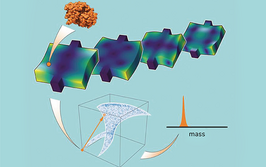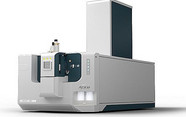The Potential of SPE for Fractionation of Serum Metabolome into Phospholipids and Other Metabolites

contributed by Supelco |
Introduction
The high concentration of phospholipids (PLs) in blood serum is a frequent limitation in metabolomic analysis based on mass spectrometric detection, mainly owing to their ionization suppression effects. Thus, PLs mask the detection of less-abundant metabolites that may be potential biomarkers in clinical applications. This justifies a fractionation step for their removal when dealing with analysis of less-abundant metabolites. On the other hand, metabolism of PLs has been closely associated with different pathologies, such as obesity, cancer disorders, atherosclerosis, diabetic nephropathy, kidney failure, arterial hypertension, neurodegenerative and neurological disorders such as Alzheimer’s and Niemann-Pick’s diseases, metachromatic leukodystrophy, as well as multiple sclerosis, among others.1 For this reason, the determination of PLs is of enormous clinical interest.
Log in or register to read this article in full and gain access to The Analytical Scientist’s entire content archive. It’s FREE!

















